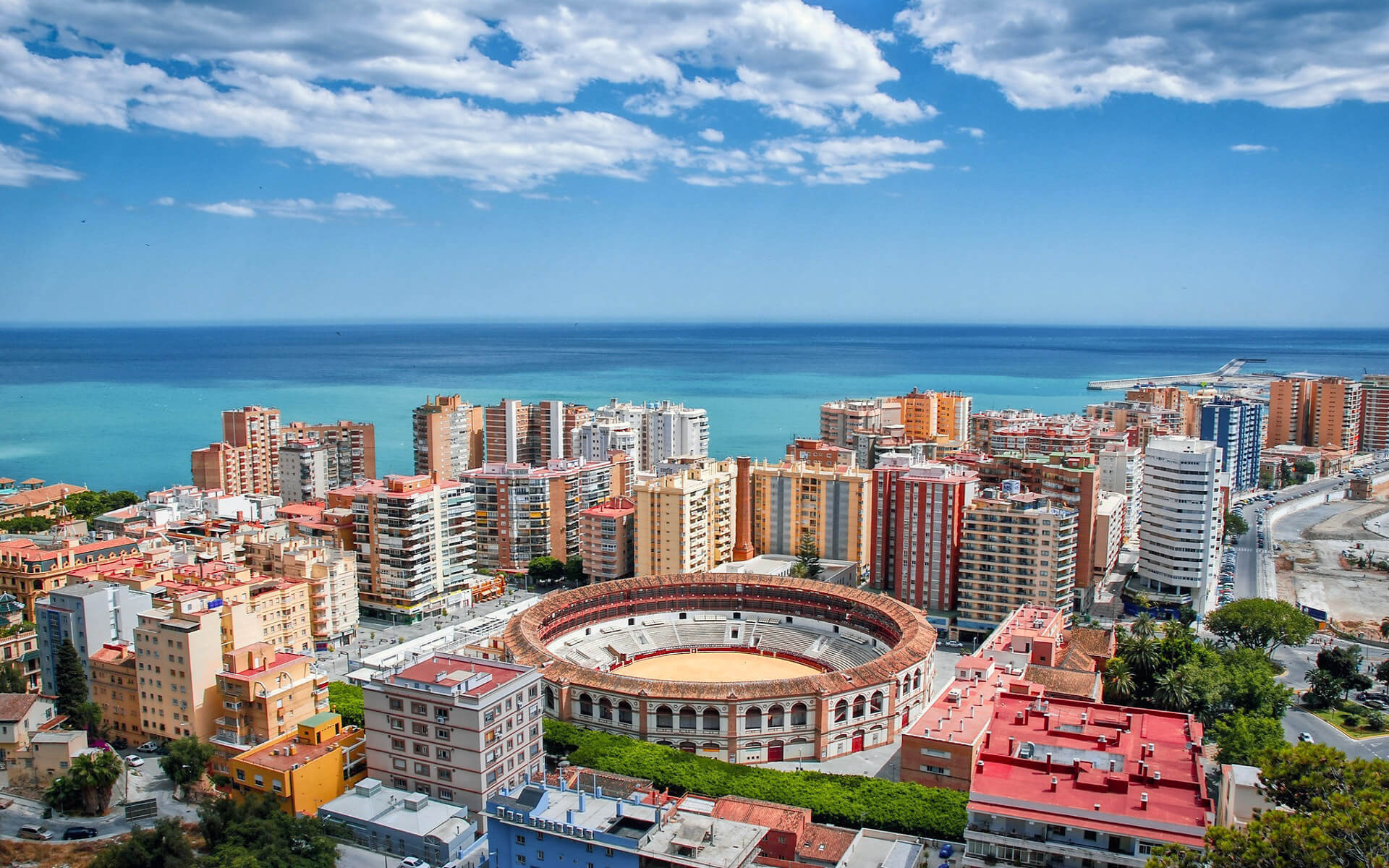Málaga is a municipality in the Autonomous Community of Andalusia, Spain, and the headquarters of the Province of Málaga. It is the second most populated city in Andalusia and the sixth biggest in Spain, with a population of 569,130 in 2015. It is Europe’s southernmost significant city, located on the Costa del Sol (Coast of the Sun) on the Mediterranean, about 100 kilometers (62.14 miles) east of the Strait of Gibraltar and approximately 130 kilometers (80.78 miles) north of Africa.
Málaga has a 2,800-year history, making it one of the world’s oldest cities. It was built as Malaka by the Phoenicians in 770 BC, and it was under the rule of Ancient Carthage from the 6th century BC. The Roman Republic and, subsequently, the Roman Empire governed it as Malacca beginning in 218 BC (Latin). After the collapse of the empire and the end of Visigothic power, it was subject to Islamic rule as Mlaqah () for 800 years until being reclaimed by the Crown of Castile in 1487 during the Reconquista. The archaeological remains and monuments from the Phoenician, Roman, Arabic, and Christian centuries make the city’s historic center a “open museum,” showcasing its more than 3,000-year history.
This vital cultural infrastructure and creative history have resulted in Málaga’s selection as a contender for the 2016 European Capital of Culture.
Pablo Picasso, the globally recognized painter and sculptor, Solomon Ibn Gabirol, the Hebrew poet and Jewish philosopher, and actor Antonio Banderas were all born in Málaga. “Malaguea,” Ernesto Lecuona’s magnum work, is titled after the music of this area of Spain.
Tourism, construction, and technological services are the most prominent commercial sectors in Málaga, although other industries such as transportation and logistics are starting to grow. Since its inception in 1992, the Andalusia Technology Park (PTA) in Málaga has seen substantial expansion. Málaga is the primary economic and financial center of southern Spain, the home of the region’s biggest bank, Unicaja, and Spain’s fourth-largest city in terms of economic activity, after Madrid, Barcelona, and Valencia.


